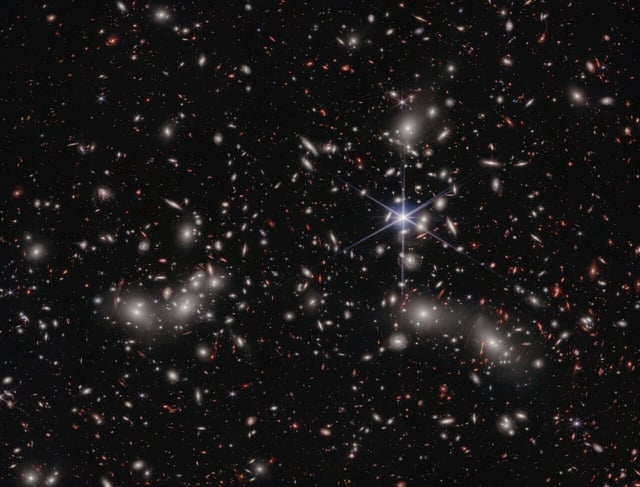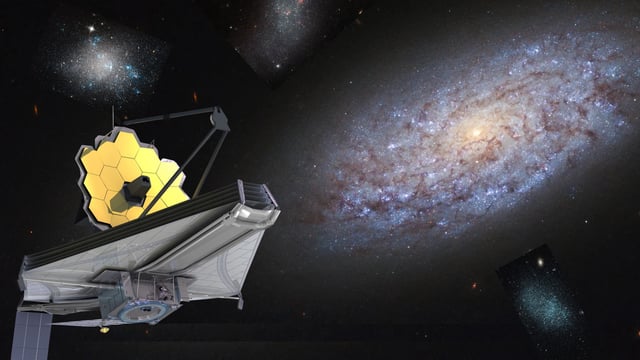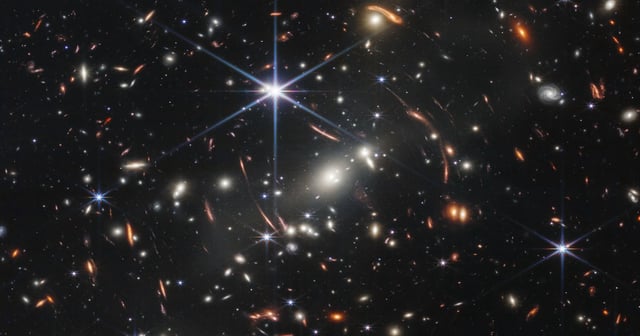Overview
- James Webb Space Telescope (JWST) discoveries reveal dwarf galaxies played a crucial role in cosmic reionization, transforming the universe less than 1 billion years after the Big Bang.
- Dwarf galaxies, resembling those existing today, were found to vastly outnumber larger galaxies in the early universe, contributing significantly to cosmic evolution.
- The study utilized gravitational lensing, predicted by Albert Einstein, to observe these faint dwarf galaxies, which were previously challenging to detect.
- Research indicates dwarf galaxies produced ionizing radiation at levels four times higher than expected, suggesting they were the main contributors to the reionization process.
- The findings, published in the journal Nature, could solve the long-standing mystery of the universe's reionization source and offer insights into the formation of the first galaxies.



